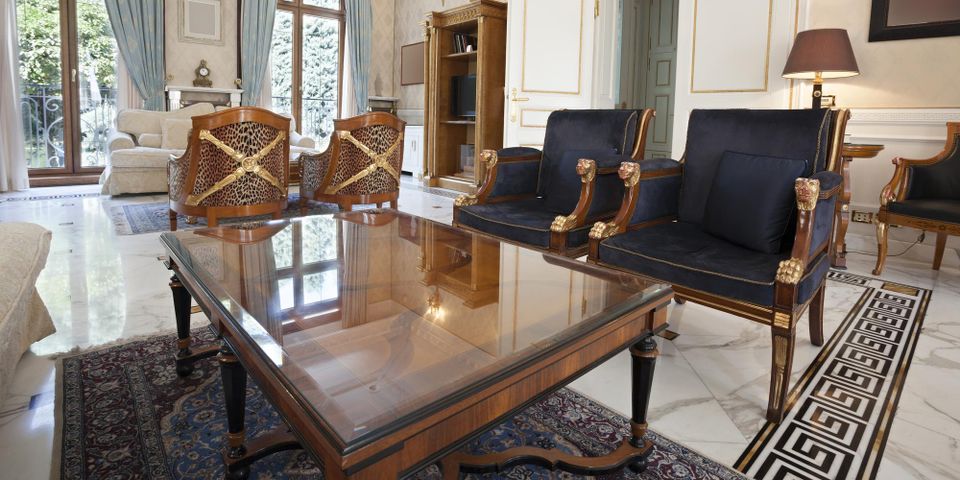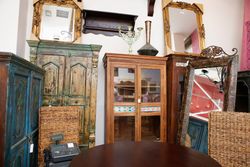5 Signs of Fake Antiques

Shopping for genuine antiques can be an exciting way to bring style and character to your home’s interior design. Some shops label items like antique furniture without understanding the item’s origins. While the piece may say antique, that doesn’t mean it’s always worth a higher price tag, and it’s essential to know the difference between authentic antiques and mark-ups. Here are five pieces of advice for spotting furniture that may be incorrectly labeled.
A Guide to Finding Genuine Antiques
1. Types of Wood
When seeking out antique furniture, avoid pieces made with plywood or particleboard. These materials weren’t common until the 1930s. Mahogany, maple, cherry, oak, and walnut were prevalent from the 17th and 18th centuries.
Look at the lesser-seen parts of a piece of wood furniture, like drawer backs, to see if the material features several types of wood. Often, this mismatch means the piece is antique, as makers used less-expensive materials, like pine wood, for parts that weren’t visible.
2. Assess Joining Hardware
Most antique furniture features dovetail joints or jigsaw puzzle-like edges of wood that are glued and pinned together. If you spot screws, the piece was created in the 1880s or later, as that’s when this spiraling hardware was invented. Staples and round nails were created in the early 1900s, so keep that in mind when looking for pieces of a certain age.
3. Feel the Wood
Antique furniture, like couches and chairs, should feature hand-carved undersides. If a piece is upholstered, slide your hand along the bottom of the seat to assess whether the wood texture is smooth or rough. The latter indicates a pre-Industrial Revolution construction.
4. Weight
 Since antique furniture was made by hand, it’s often heavy, as it may have been carved out of solid wood. Newer pieces could have been created in a manufacturing plant, and feature lighter wood varieties that are easier to ship and move. However, these pieces are not as durable
Since antique furniture was made by hand, it’s often heavy, as it may have been carved out of solid wood. Newer pieces could have been created in a manufacturing plant, and feature lighter wood varieties that are easier to ship and move. However, these pieces are not as durable
5. Labels
Take a look at the underside of a new chair, and you’ll likely see a manufacturer’s name, a batch number, or the year the item was made. Older pieces don’t have these labels, as the furniture was not created in a manufacturing plant. Individual craftspeople made the furniture and used or sold it.
If you’re interested in restoring antique furniture and upholstery, visit Lines Circles & Angles Custom Upholstery & Repair in Hamilton County, OH. This Cincinnati-area shop offers furniture restoration and repairs using high-end hardware, fabrics, and cushions. Visit their website or call (513) 984-1074 today for information on their leather repairs, custom upholstery, and same-day services.
About the Business
Have a question? Ask the experts!
Send your question

